Echoes of the Sea, Burning
Along a silent wall, a light flows, not merely shining, but breathing. The Be Water lamp hovers between object and phenomenon; not just a lighting device, not simply a sculpture, but a cinematic, fluid experience of time, light, and memory. The light climbing the wall neither rushes nor pauses, its rhythm chaotic yet composed. like the glimmers of sun bouncing from rippling waves onto the side of a wooden boat. The last time one may have encountered such motion, perhaps, was in a painting by J.M.W. Turner, where light, water, and wind blur into a single atmosphere of transient beauty. This lamp seems born of the same climate: one of beautiful impermanence.
Formally, the design is restrained but bold. At first glance, it presents an anodized aluminum frame supporting a glass cylinder, a form that resembles a frozen stream suspended in air. But something deeper pulses within this simplicity: the irregular, hand-blown borosilicate glass is the true protagonist. The light that turns within it does not reflect, it fractures and recomposes. What lands on the wall isn’t mere light and shadow, but the ghost of a sea finding shape. The quality of the light, here, does not emerge from the source itself but from the geography of the material that distorts it. Light becomes a language; the glass, its handmade dialect.

Functionally, this lamp is less about illumination than presence. It is not a fixture meant to brighten a room, but a performer that watches and moves. In interior architecture, it is unsuitable as a primary source of light, but as a meditative gesture, a contemplative interruption, it can transform the psychological depth of a space. This is a lamp for silence, for wordless gazing, for surrendering to a moment that is always passing. Ideally positioned away from functional areas, its presence is best felt in the periphery, where the shifting, arrhythmic reflections can catch the eye and slow the mind. The modular system allows up to five glass cylinders to operate on a single motor, and yet the kinetic rhythm remains unbroken. Its modularity does not compromise its gestalt; instead, it reinforces a continuity that feels both organic and deliberate.
Behind this quiet spell stands a precise machine. Its mechanical logic, motorized yet unobtrusive, has been designed to disappear. The lighting effect, remarkably, is achieved without projection, filters, or digital augmentation. There is no lens, no software, no gimmick, just physical proximity between light and surface. This is a designer’s solution, not a technologist’s trick. And it is precisely this refusal to overcomplicate that gives the lamp its sustainable elegance. With minimal heat emission, durable materials, and no expendable tech components, Be Water is as responsible as it is poetic.

The designer’s inspiration clearly emerges from nature, but not from “water” in the general, symbolic sense. Rather, it evokes something far more specific: the dancing reflections seen beneath stone bridges or along quiet city canals at dusk. These rare, unmediated interactions between light and liquid, when the world briefly softens its edges, are what the lamp captures. There is something of 19th-century Romantic melancholy in this gesture a longing for ephemeral experiences that resist being archived. Be Water revives that longing with light and form alone, without ever naming it.
This lamp doesn’t narrate; it exists. Its motion, neither entirely predictable nor entirely chaotic, creates an in-between space where matter, rhythm, and perception collapse into one another. It is a presence best understood in stillness, in darkness, in solitude. From a distance, it resembles a sound dissolved in wind. And if we truly allow ourselves to watch it, we may catch a glimpse of ourselves refracted in its depths not as we are, but as we remember being.
Brand : WAW COLLECTION
Designer : Fernando Correa
Photo Credits : Matteo Piazza, Flavio Di Renzo
Prize: Reddot Award, A’design Award, German Design Award




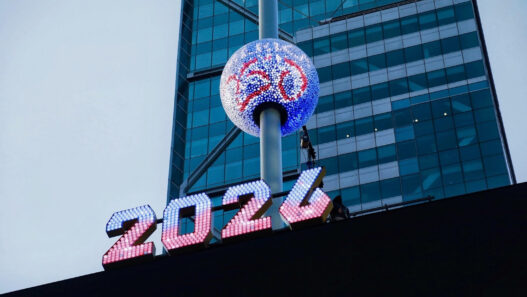



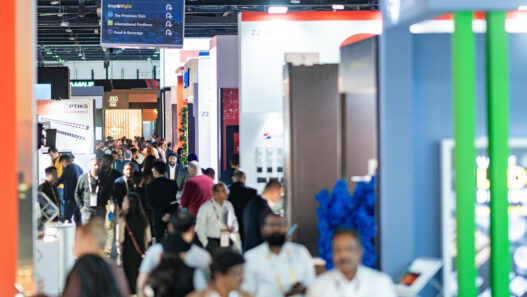


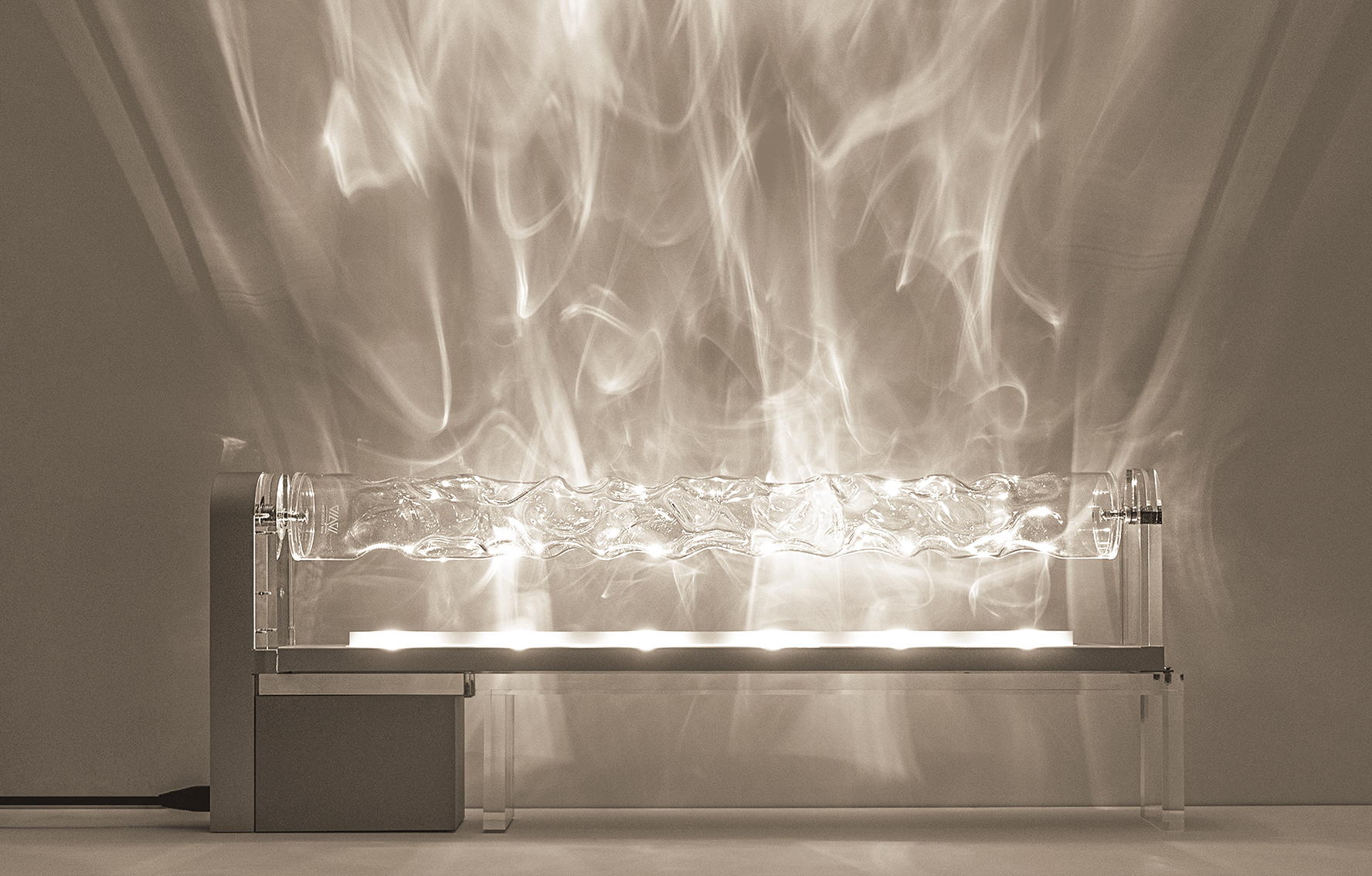

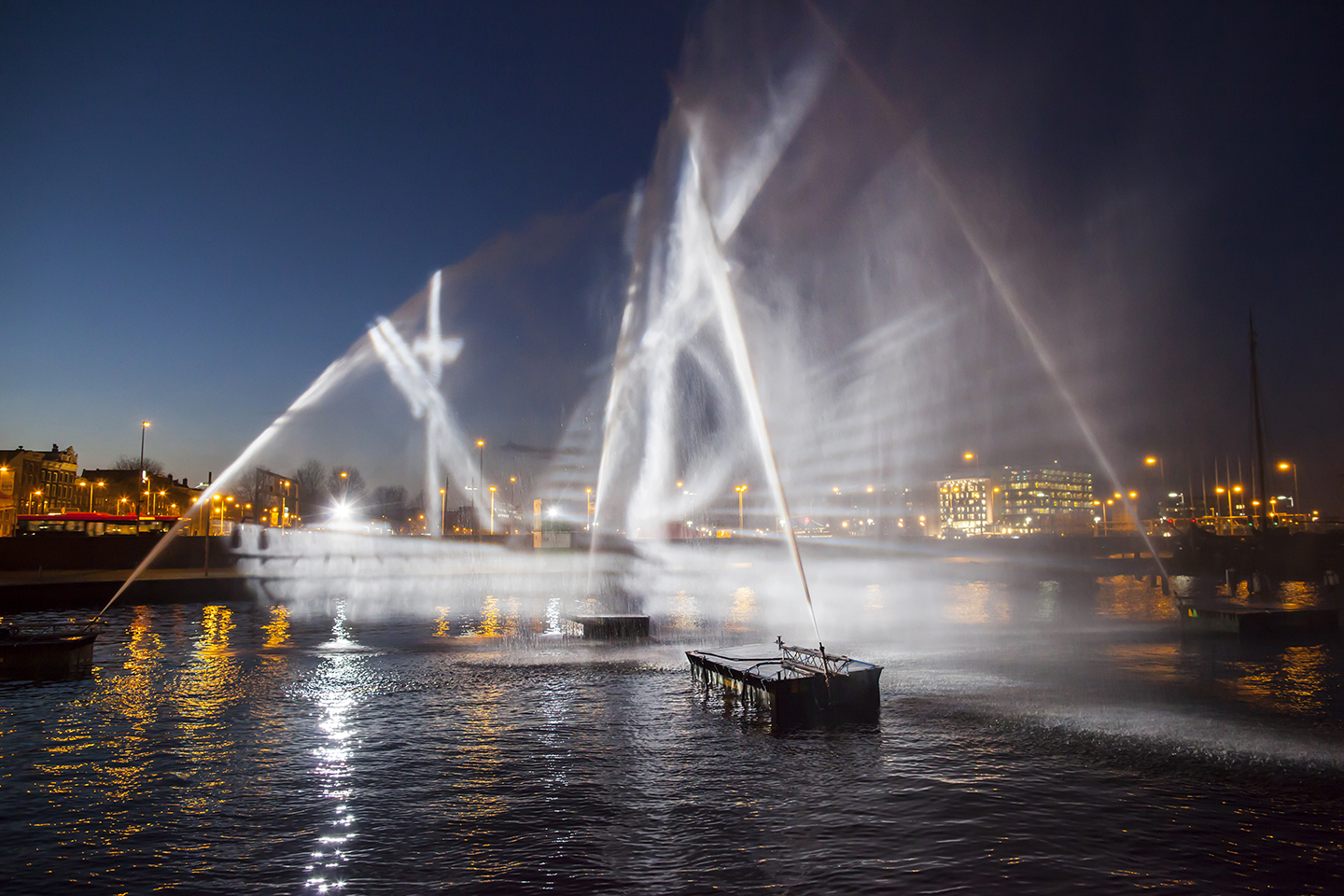
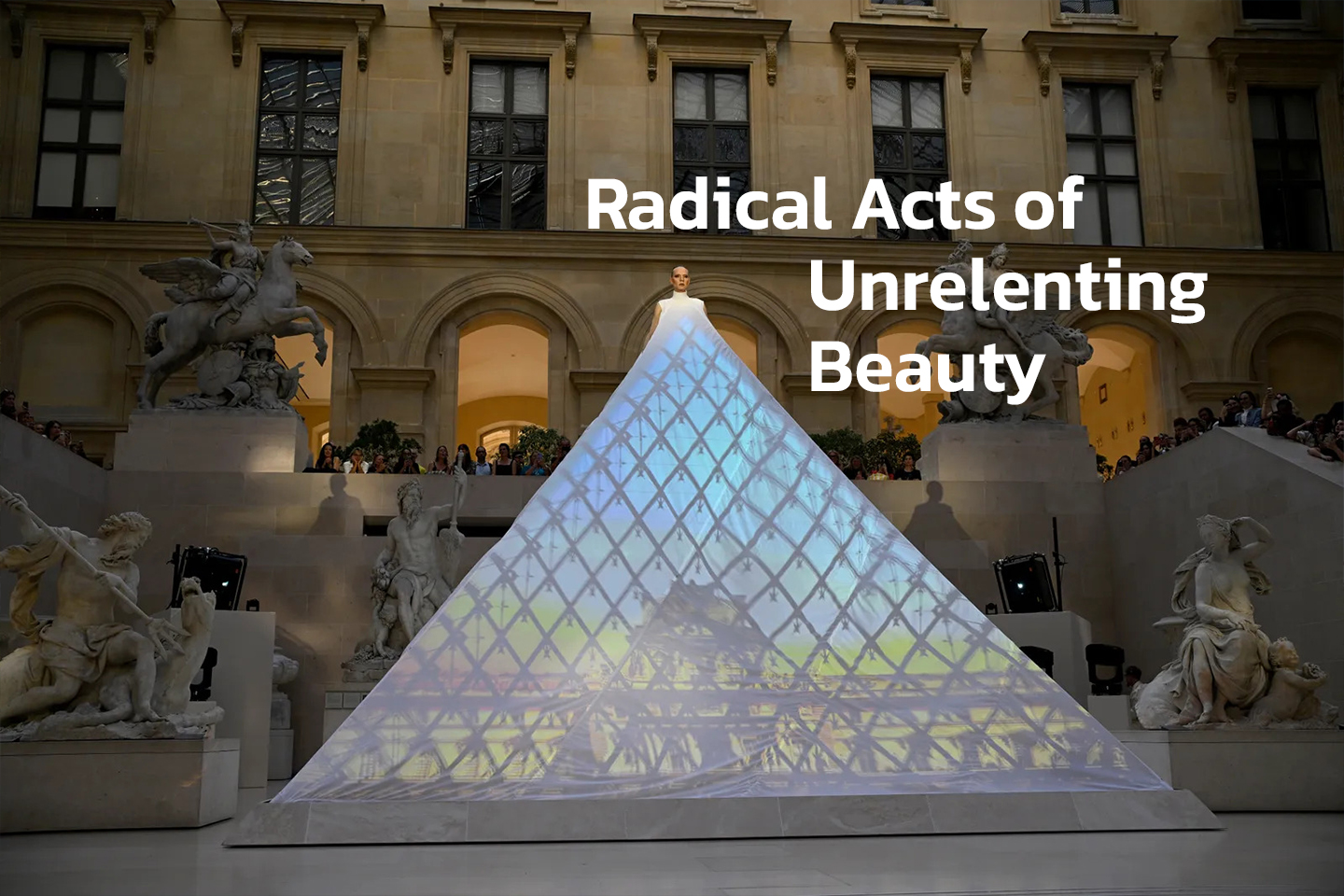


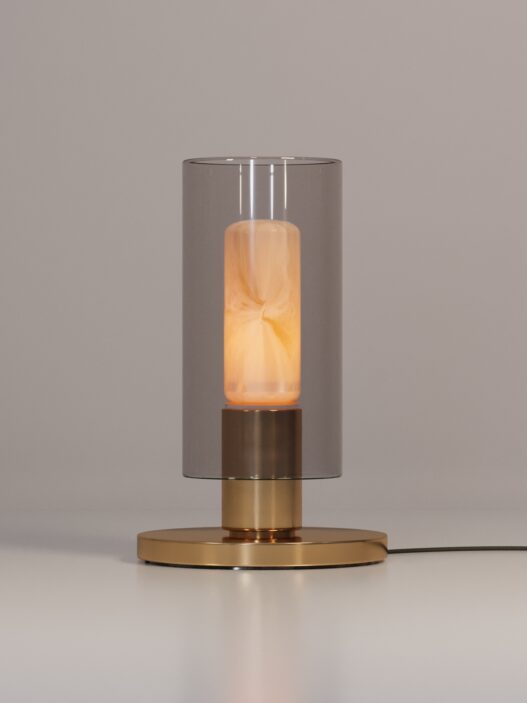
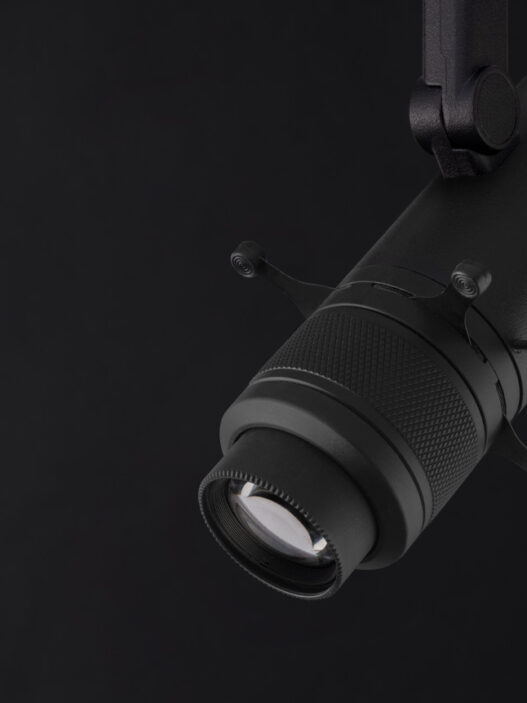
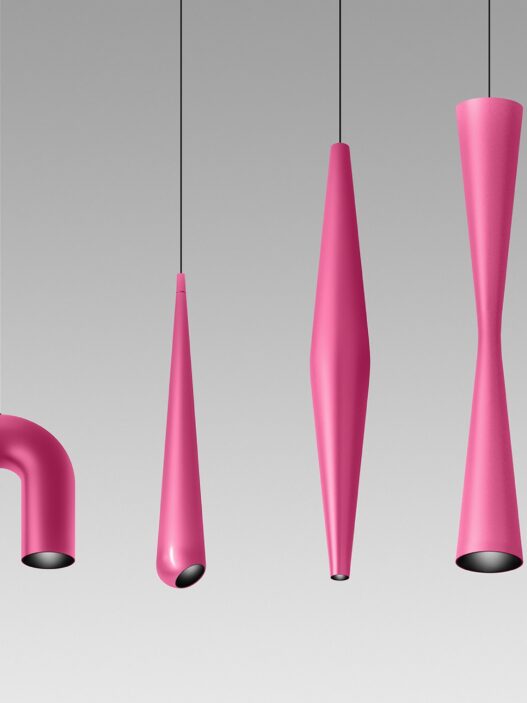
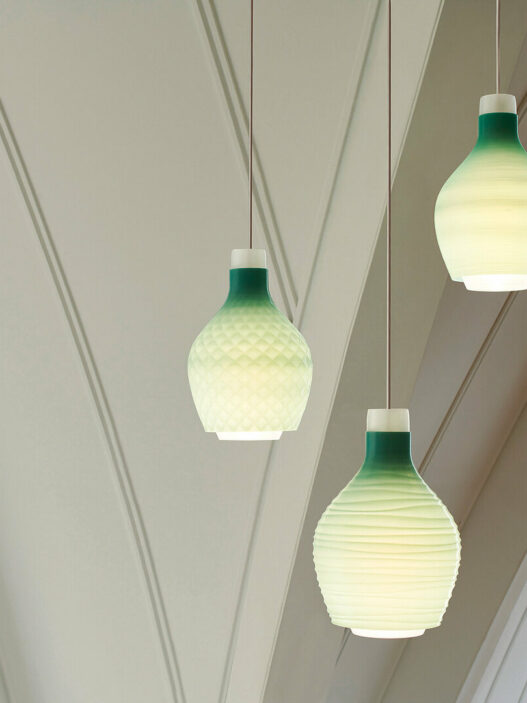

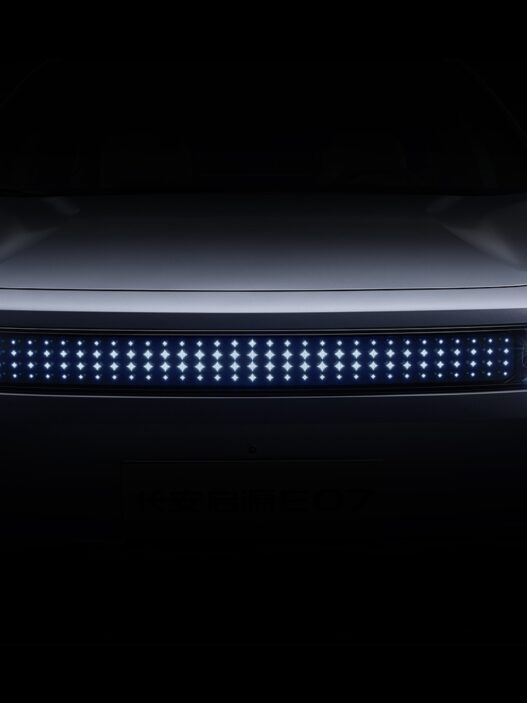
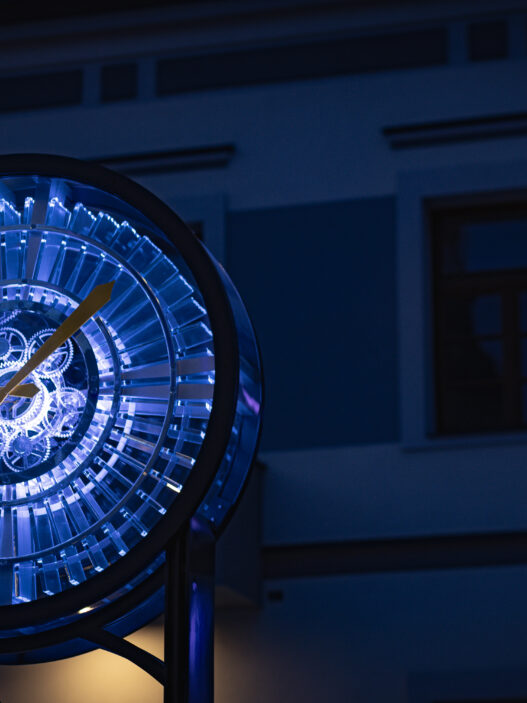

This post is a game-changer. I’ve learned so much from it – thank you!